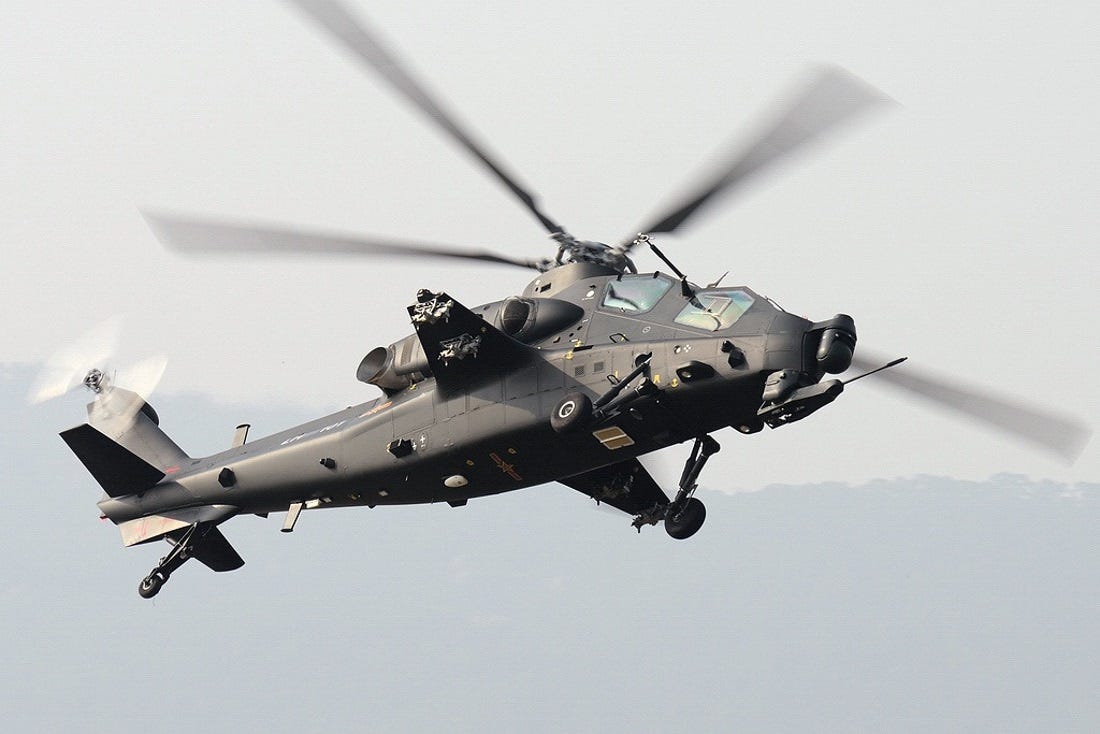Mar 18, 2015
The proposal of creating a Sikh Regiment in the British Army is partly due to the manpower shortage. Also, Britain wants to use the new regiment to tap into the political potential of British Sikh voters.
Reports in the British media indicate that a minister in the British government, “speaking on the sidelines”, touched upon a proposal under consideration in the British Army to raise a Sikh Regiment. The Indian Army is, of course, proud of having a Sikh Regiment (of 19 battalions), with a history going all the way back to the 19th century. The regiment has a proud record of valour, both pre- and post-Independence (including two winners of the Param Vir Chakra, India’s highest gallantry award). It can be reasonably assumed that proposed British Sikh Regiment would be basically of the same stock, raised from the manpower pool of the Sikh community domiciled in Britain, sometimes referred to as “British Sikhs”, all presumably British citizens and permanent residents of that country.
It can be further speculated that the new regiment might initially be a single active duty infantry battalion, after which the regiment would be progressed and expanded according to British government policy and availability of suitable manpower and finances. Not unnaturally, the news of a Sikh Regiment in the British Army has aroused interest and curiosity in India, because the Sikh faith is essentially of Indian origin, and India is historically the original habitat of the Sikhs.
A large number of Sikhs migrated mainly to Western countries like England, the United States, Canada, Australia, and other Commonwealth countries while many Sikhs living abroad have close family connections back home in India. This has created its own distinct social culture where the community abroad maintains home links with Punjab and its politics in India, and even replicates them in Britain in their own environment.
The distinctive trademark turbans and unshorn tresses and beards are no longer novelties abroad, but their presence in the armed forces of their adopted countries has not been in proportions to their numbers.









